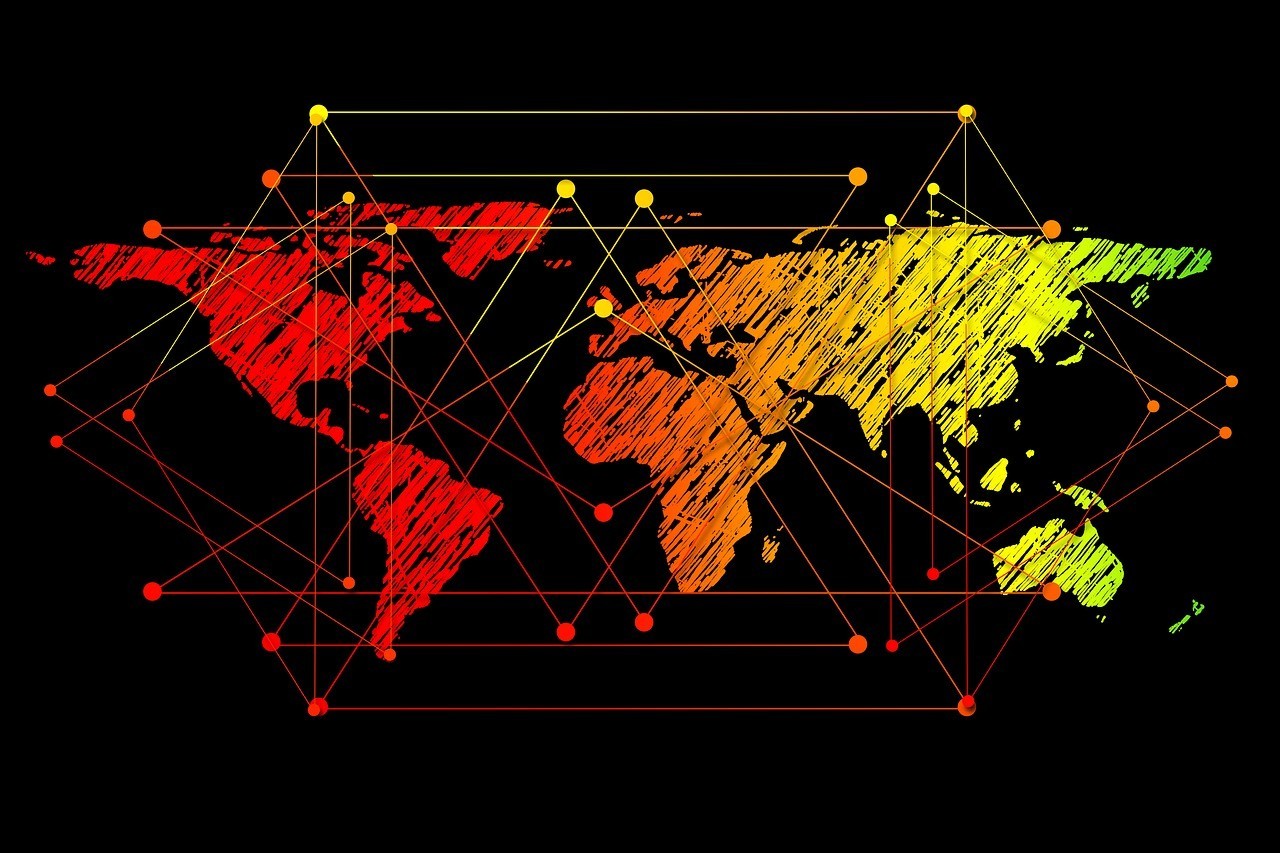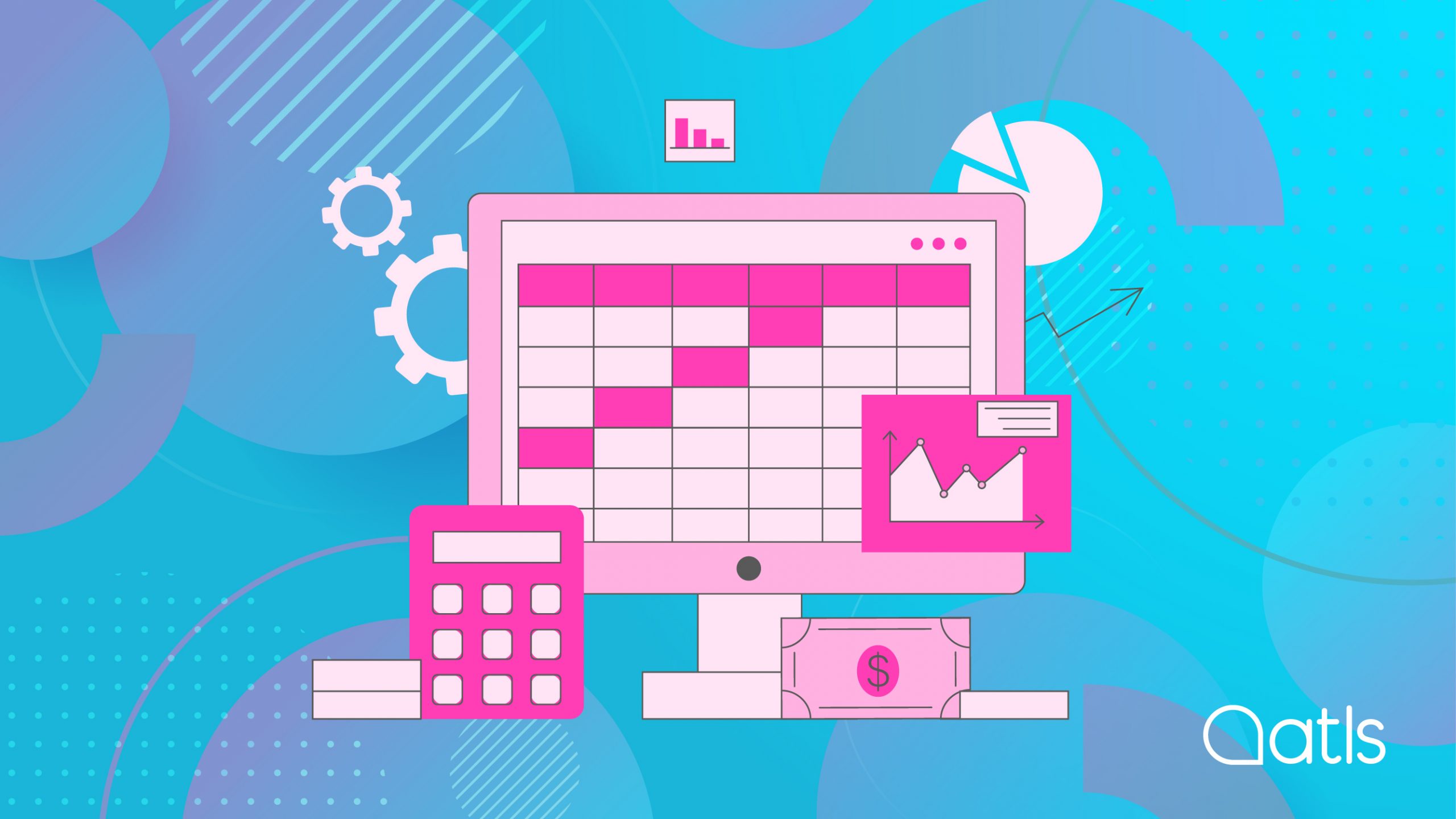Braille, the universal code

Braille, a universal code that can translate anything. We're living in an era of information overload. Routines run through our daily lives, and the information we soak in from our surroundings is so internalised that our brains interpret content without us even noticing. What we perhaps don't realise is that more than two hundred million people globally have some sort of visual impairment and are unable to process information visually. When a unique code was created to help these people it meant they could understand written texts as well as anyone else, which brings us to braille: the universal code that can translate anything.
Everything you need to know about Braille
What is braille?
If you don't know already, braille, which is named after its inventor, is a code that can be used to write and be read in any language of the world. Users of the system can feel orthography, punctuation, and syntax thanks to the tactile nature of the code.
The system is made up of braille cells, which consist of a series of six raised dots divided into two parallel vertical columns of three. The dot positions are identified by the numbers one to six, and there are a total of 63 different combinations. The cells can represent the letters of the alphabet, numbers, punctuation marks, parts of words, or even whole words. The most complex thing about using this system is that it needs to be precise, since the same cells can be used in different contexts and one slight error can lead to serious mistakes and a misinterpretation of the text.
How has braille evolved in recent years?
Braille was invented in the 19th century. Initially the cells were created manually, and it would take a long time to transcribe full pages. Moreover, a high degree of accuracy was required and if one error was made they would have to start all over again.
For years this was how the process was carried out, until the dawn of the digital era. Just as in other fields, it was hoped that the use of new technologies would help automate the process and save time.
There are now several software programs such as Duxbury Braille Translator and Braille 2000 that can assist with this type of transcription. For a text to be reproduced in braille it needs to be transcribed to an electronic file format, in which the cells are coded numerically, typically using Braille ASCII.
These applications may have helped a great deal, but human intervention is still essential. As with translation engines, the applications need to be trained, so they can "understand" all the different combinations and are able to correctly transcribe the text that's been entered.
Why is braille transcription so important?
People with visual impairments come across difficulties that get in the way of them enjoying certain comforts every day. This is why braille is a fundamental factor in various areas, as it helps people adapt to society.
- Education: this was where it all began for the code. The inventor of braille first had his idea to transcribe things into a universal code at school, because he wanted everyone to be able to understand everything equally. And this continues to be important today, above all in education. Everyone has a right to education, and any subject taught should be accessible to braille users.
- Legal advice: We have mentioned previously that any error in the translation of legal documentation can have catastrophic consequences for the parties involved. If, on top of this, the person we're dealing with can't see, it's imperative that any documents submitted must be perfectly transcribed, without any errors whatsoever. And this can only be guaranteed if you work with an accredited specialised professional.
- Leisure: entertainment is an important aspect of our lifestyles. Some activities are taken for granted among sighted people, but people with visual impairments want to enjoy activities like reading a book or restaurant menu too. And when it comes to learning a new language, braille users have a common reference point, making it simpler for them to learn other languages and travel.
The world around us is full of information that needs to be seen and read. Whether someone doesn't know a particular language, or has some type of disability that prevents them from understanding information, translation is an important requirement.
A good translator needs to be able to adapt any type of content and transform it into a code it can be understood in. At ATLS we've got a large team of native professional translators who can help you understand the world better. Go to our website and take a look at the translation services we offer. If you've got any questions, get in touch with us and we'll help you find the best solution for your business.




